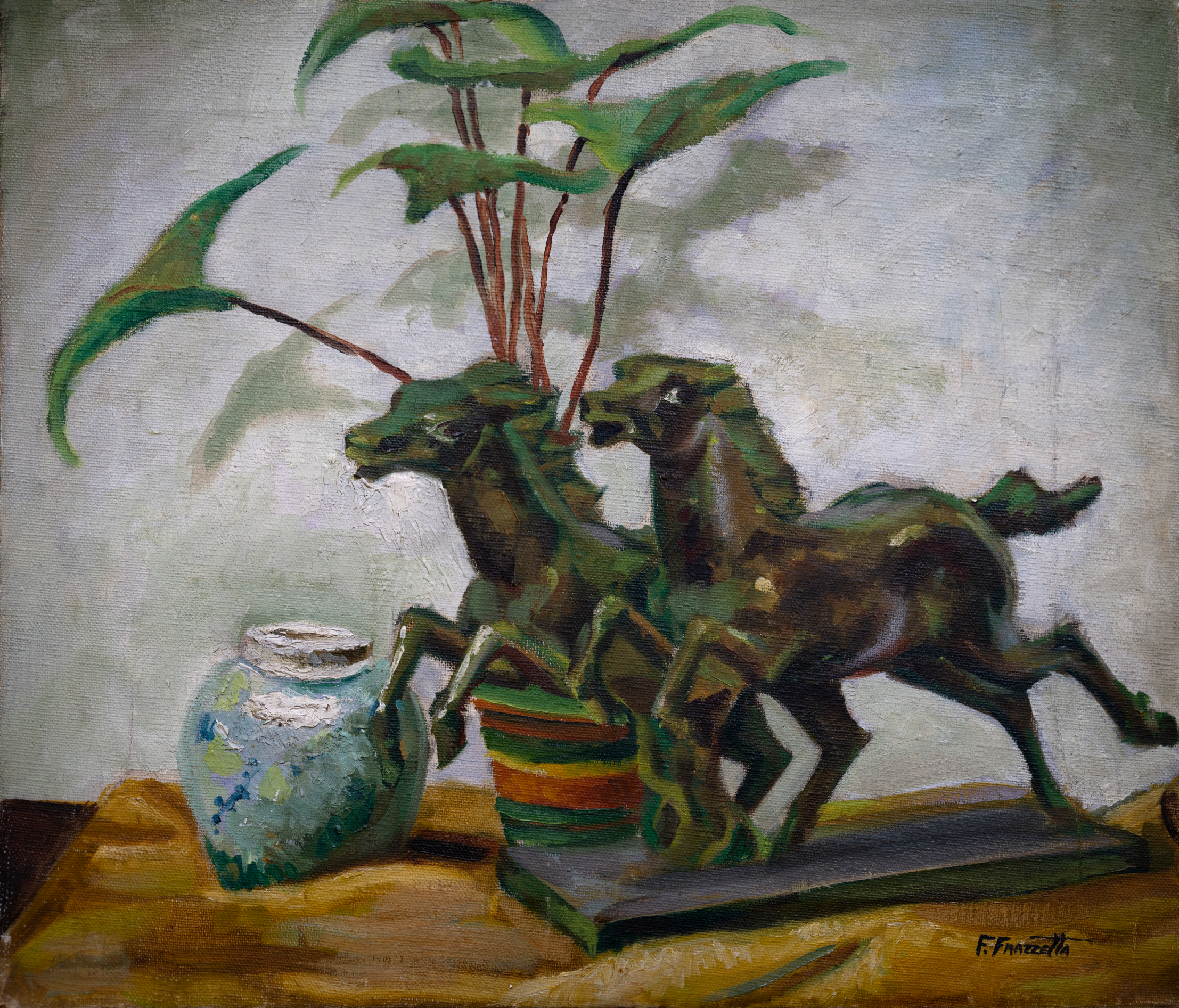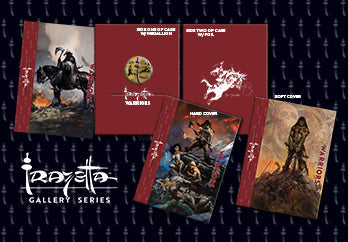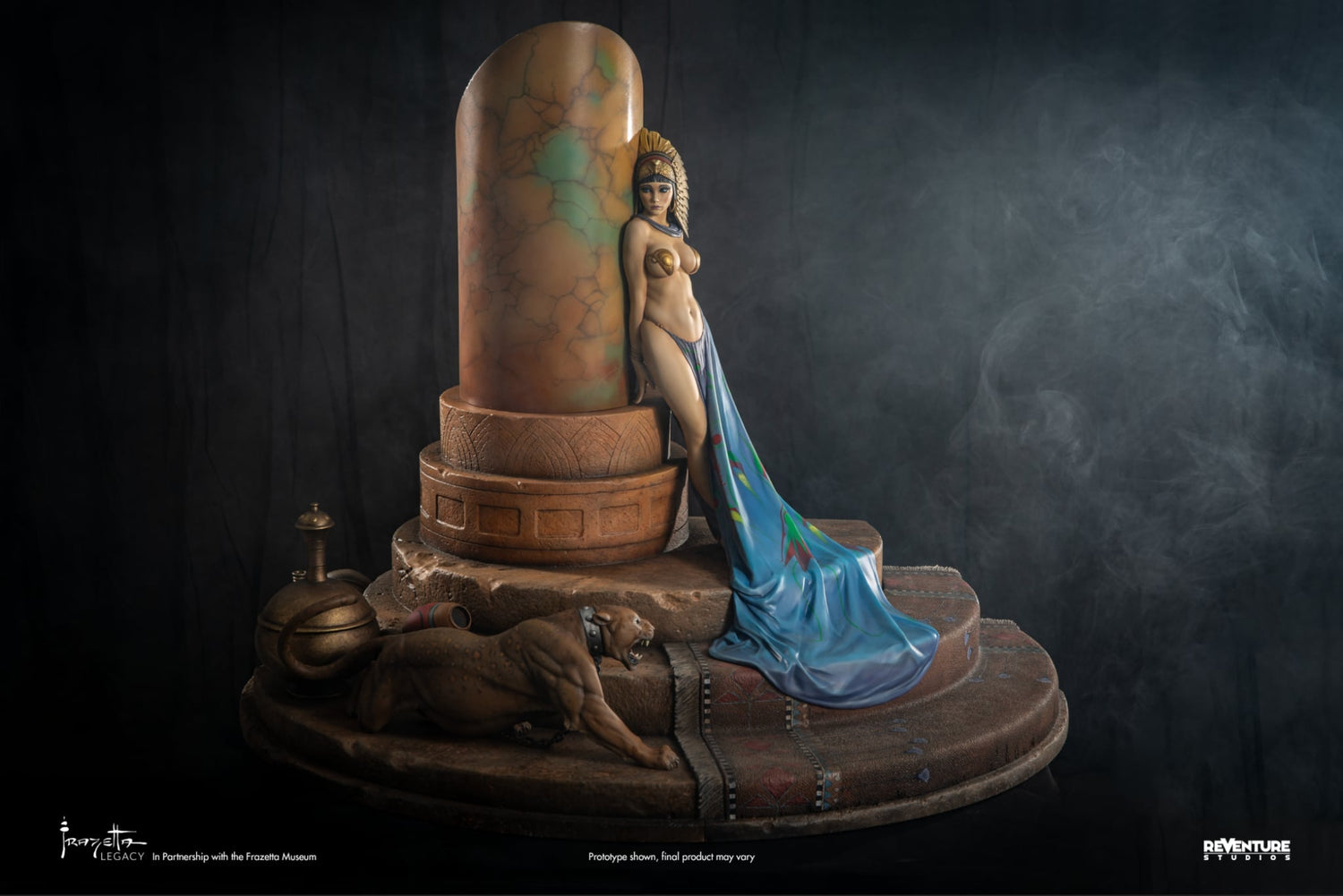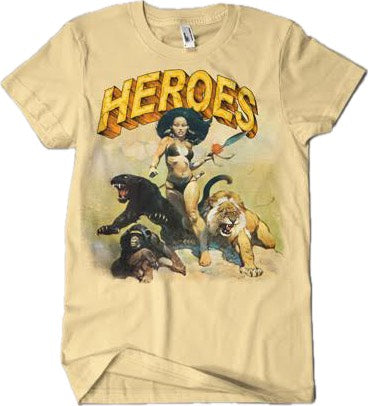Frank Frazetta, born February 9, 1928, in Brooklyn, New York, showed extraordinary artistic talent almost from the moment he could hold a crayon. Raised in a modest household, Frank was the oldest of four children born to Alfonso, a hardworking Sicilian immigrant, and Mary, a Brooklyn native. Neither of his parents were artists, and they weren’t quite sure what to do with their son’s rapidly emerging abilities.
But the talent was undeniable and relentless. As a toddler, Frank would draw constantly, using whatever he could get his hands on. Crayons, napkins, scraps of paper- anything was fair game. His family couldn’t afford art supplies, but that didn’t stop him. His grandmother was one of the first to encourage him, even paying him a penny or two for a drawing he made at just two or three years old.
A Gifted Child with a Humble Start
By the time he reached school age, Frank’s teachers recognized that his skill was far beyond typical for a child. They encouraged his parents to seek formal instruction, and at just eight years old, he was enrolled in the Brooklyn Academy of Fine Arts, a small, privately run school led by Italian painter Michele Falanga.
On his first day at the academy, Falanga asked the young Frank to copy a postcard featuring a group of realistically drawn ducks. After about thirty minutes, Falanga returned, looked over Frank’s sketch, and exclaimed:
“Mama mia! We have a genius here!”
He proudly showed the drawing to the rest of the class, marking the beginning of Frank’s formal artistic training.
Inside the Brooklyn Academy
The Academy held weekend classes for a wide range of students, from children to elderly adults, and focused on classical training: life drawing, still life, painting, and sculpture. Despite its modest setup, the school provided a critical foundation for Frazetta’s development. Falanga saw promise in the young artist and even considered sending him to Italy for further study. Plans that ended abruptly with Falanga’s passing in 1942.
Frazetta later reflected on the experience, saying:
“He didn’t teach me anything, really,”
“He’d come and see where I was working, and he might say, ‘Very nice, very nice. But perhaps if you did this or that.’ But that’s about it. We never had any great conversations. He spoke very broken English. He kind of left you on your own. I learned more from my friends there.”
-Frank Frazetta, 1994 interview
The Original Signature and a Love for Big Cats
During this early period, Frazetta signed his artwork “Frazzetta”, using the original spelling of his family name. He later dropped the second “z” to create a cleaner, more visually striking signature, one that would become instantly recognizable in the world of fantasy art.
Another major influence during his youth was his deep admiration for big cats. Frazetta frequently visited the Brooklyn Zoo to observe and sketch lions, tigers, and panthers in motion. These early pencil studies greatly informed the powerful, fluid anatomy seen in his later paintings, especially in the creatures and beasts that populated his fantasy worlds.
An Independent Foundation
Although the Academy didn’t offer intense, structured instruction, it allowed young Frank the freedom to develop his own voice- a trait that would define his entire career. The encouragement of his peers, his self-guided exploration, and his natural ability all combined to shape one of the most iconic artists of the 20th century.
The seeds planted during these formative years, at a quiet art school in Brooklyn and sketching at the zoo, would grow into a legacy that redefined fantasy illustration and continues to influence artists across generations.
To see some of Frank's earliest works, such as Bronze Horses and Study, visit the Frazetta Art Museum.





